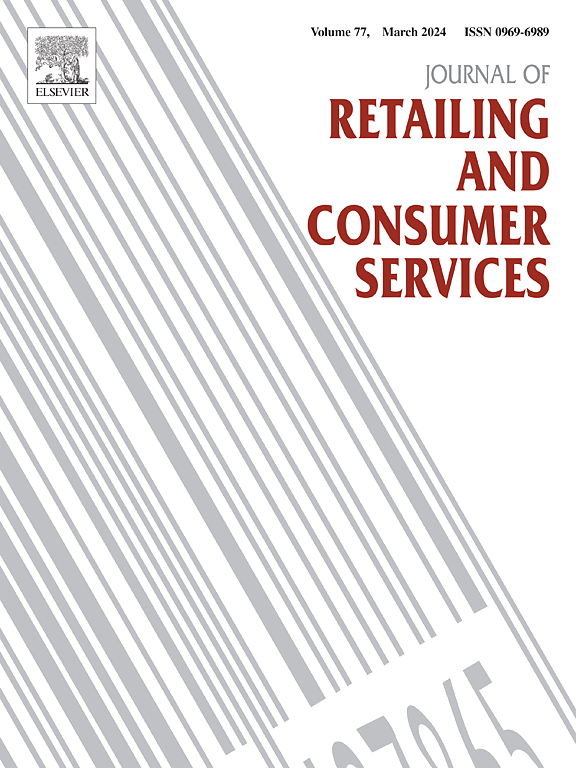Virtual influencers in brand image recovery: A comparative study of younger and older brands after celebrity endorsement crises
IF 11
1区 管理学
Q1 BUSINESS
Journal of Retailing and Consumer Services
Pub Date : 2025-05-29
DOI:10.1016/j.jretconser.2025.104316
引用次数: 0
Abstract
On the one hand, the negative publicity of celebrities frequently threatens the image of a series of brands. On the other hand, virtual influencers as emerging alternatives to traditional celebrity endorsers have been popular in advertising initiatives. However, how the use of virtual endorsers after brand celebrity endorsement crises affects the recovery of brand image, particularly across different brand types (younger vs. older brands) has not been explored. Based on image repair theory (IRT) and persuasion knowledge theory (PKT), three studies were conducted to examine the interaction effect of influencer and brand types on brand attitude in the post-crisis context. The results reveal that younger brands using virtual (vs. human) endorsers after endorsement crises can better repair brand image. However, when it comes to older brands, no significant difference is observed between virtual and human influencers in repairing brand image. These effects are fully mediated via perceived manipulative intent (PMI) and perceived brand trustworthiness (PBT). Additionally, it should be noted that the performance of virtual influencers on brand image recovery is different between Western and Eastern cultural contexts. By bridging theoretical insights and practical implications, this research extends the application scenario of virtual influencers and provides new strategies for brand image recovery within the context of celebrity endorser crises.
虚拟影响者在品牌形象恢复中的作用:明星代言危机后年轻品牌与老品牌的比较研究
一方面,明星的负面宣传经常威胁到一系列品牌的形象。另一方面,虚拟网红作为传统名人代言人的新兴替代品,在广告活动中很受欢迎。然而,在品牌名人代言危机后,虚拟代言人的使用如何影响品牌形象的恢复,特别是在不同的品牌类型(年轻品牌与老品牌)中,还没有研究。基于形象修复理论(IRT)和说服知识理论(PKT),研究了危机后情境下影响者和品牌类型对品牌态度的交互作用。结果显示,年轻品牌在代言危机后使用虚拟(与真人)代言人可以更好地修复品牌形象。然而,对于老品牌,虚拟网红和真人网红在修复品牌形象方面没有显著差异。知觉操纵意图(PMI)和知觉品牌可信度(PBT)完全介导了这些效应。此外,值得注意的是,虚拟影响者对品牌形象恢复的作用在东西方文化背景下是不同的。本研究通过理论洞见与实践的结合,拓展了虚拟网红的应用场景,并为明星代言危机背景下的品牌形象恢复提供了新的策略。
本文章由计算机程序翻译,如有差异,请以英文原文为准。
求助全文
约1分钟内获得全文
求助全文
来源期刊
CiteScore
20.40
自引率
14.40%
发文量
340
审稿时长
20 days
期刊介绍:
The Journal of Retailing and Consumer Services is a prominent publication that serves as a platform for international and interdisciplinary research and discussions in the constantly evolving fields of retailing and services studies. With a specific emphasis on consumer behavior and policy and managerial decisions, the journal aims to foster contributions from academics encompassing diverse disciplines. The primary areas covered by the journal are:
Retailing and the sale of goods
The provision of consumer services, including transportation, tourism, and leisure.

 求助内容:
求助内容: 应助结果提醒方式:
应助结果提醒方式:


